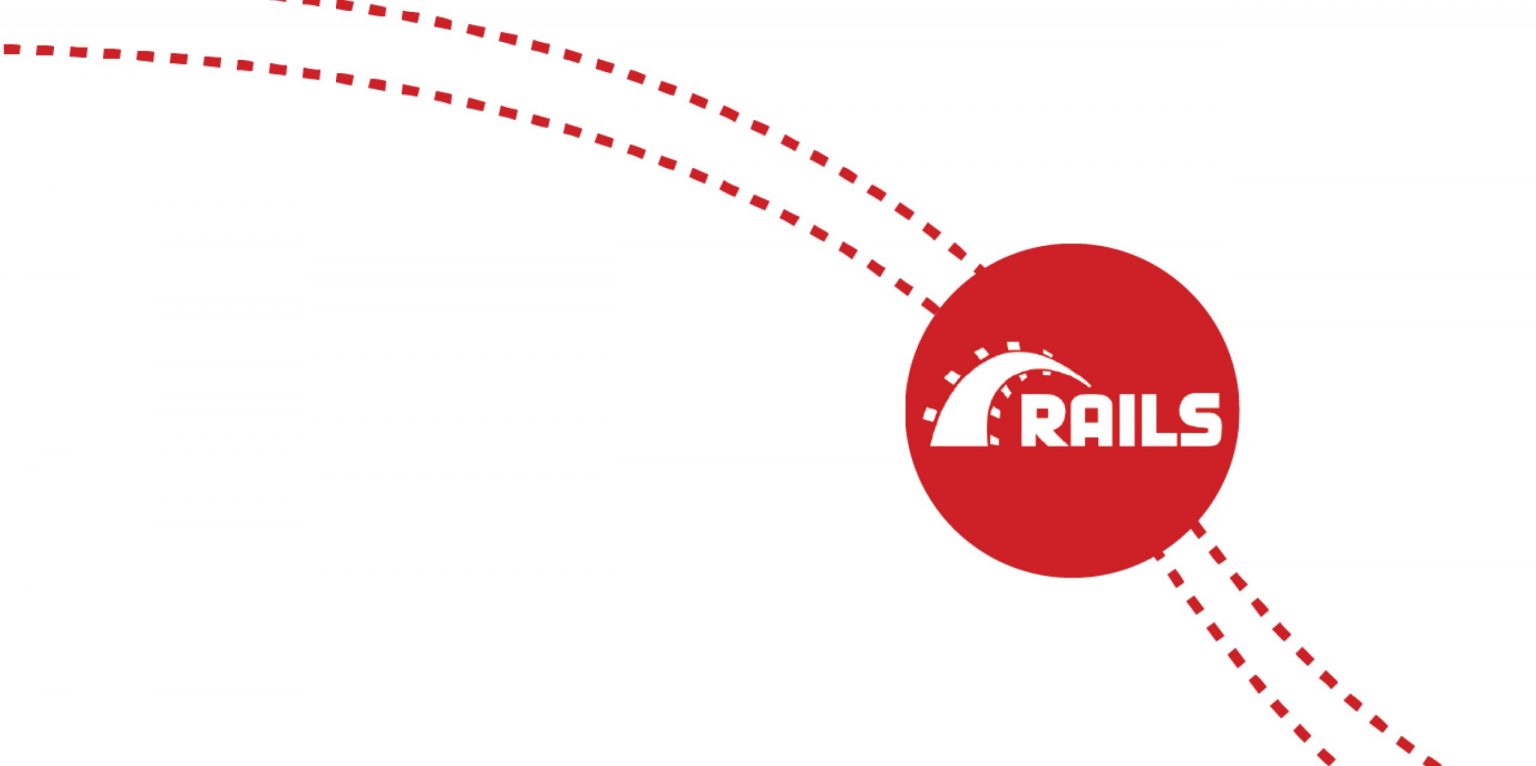- Who We Are
- What We Do
-
-
- Our Services
Industry Expertise
-
Business Functions
Technology
SaaS
-
-
- Insights
- Working at SELISE
- Contact Us
- EN
- DE
en
- EN
- DE

Ruby on Rails is a server-side web application framework crafted in Ruby and released under the MIT License. It operates on the model-view-controller (MVC) paradigm, offering predefined setups for database management, web services, and web page rendering. The Rails applications are sleek and maintainable. This is all to do with its design principles, some of which are outlined below.
Convention over Configuration (CoC): When we follow Rails conventions to make the App, we end up with less code. Rails emphasizes sensible defaults and conventions to minimize the amount of configuration required. For example, models are always singular, tables are plural.
Don’t Repeat Yourself (DRY): This principle advocates for reducing duplication in code by abstracting common functionalities into reusable components. Reuse view code with helpers and partials. Keep the logic in concerns or modules.
Model-View-Controller (MVC) Architecture: Rails follows the MVC architectural pattern, which separates the application into three interconnected components.
Model: Represents the data and business logic of the application. It interacts with the database and encapsulates data-related behaviors.
View: Handles the presentation layer of the application, rendering data to the user interface
Controller: Acts as a bridge between the model and view components. Controllers receive requests from the client, process data using the model, and render appropriate views to the client.
RESTful Design: Rails encourages the use of Representational State Transfer (REST) principles for designing web applications. RESTful routes map HTTP verbs (GET, POST, PUT, DELETE) to CRUD (Create, Read, Update, Delete) operations on resources. This promotes a consistent and standardized approach to building web APIs.
Testing: Rails promotes test-driven development (TDD) and provides built-in support for testing through frameworks like RSpec and Minitest. Writing tests ensure the reliability and maintainability of the application by verifying that the code behaves as expected.
Active Record Pattern: The Active Record pattern organizes database interaction by representing each table as a Ruby class (model) inheriting from ActiveRecord. This abstraction simplifies database operations, offering methods for querying and modifying data while following conventions to minimize configuration. By mapping database rows to Ruby objects and vice versa, Active Record streamlines development, enabling developers to work with databases using object-oriented principles and reducing the need for direct SQL queries.
Single Responsibility Principle (SRP): It emphasizes that a class should have only one reason to change. A class or module should have a single responsibility or concern, and all its methods and properties should be directly related to that responsibility. This principle promotes modularity, maintainability, and reusability in code by ensuring that each component has a clear and focused purpose. By adhering to SRP, developers can write cleaner, more maintainable code that is easier to understand, test, and modify.
Fat Models, Skinny Controllers: Keep controllers lean. This principle suggests that business logic, data manipulation, and domain-specific operations should primarily reside within the model layer (models), while controllers should focus on handling incoming requests, coordinating interactions between models and views, and keeping business logic to a minimum.
Service Objects: Isolate complex logic. For example, User Registration service for handling user registration flows. When operations involve multiple steps or complex business rules, it’s often better to encapsulate this logic in a separate service object over cluttering models or controllers.
Concerns: Concerns are a way to organize and share code across multiple models or controllers in a Rails application. They allow developers to extract common functionalities into separate modules, which can then be included in the relevant classes using Ruby’s include keyword.
Callbacks: Callbacks are methods that are automatically invoked at specific points during the lifecycle of an ActiveRecord object in Rails. It allows developers to trigger certain actions or perform additional logic before or after certain events, such as saving an object to the database, updating an attribute, or destroying an object.
Security: Rails offers robust built-in security features that help protect web applications against a wide range of threats effectively. Some of the security features to safeguard web applications are Cross-Site Scripting (XSS) Protection, Cross-Site Request Forgery (CSRF) Protection, SQL Injection Protection, Session Management, Secure Password Handling and HTTP Security Headers.
Rails Design principles are very clean, maintainable, and developer-friendly. It fosters swift development through its convention-over-configuration philosophy and rich libraries, prioritizing code simplicity for cleaner, maintainable applications. Additionally, its robust community, thorough documentation, and diverse selection of open-source gems enhance functionality.
Email: info@selise.ch
Contact Number: +49 89 54196883